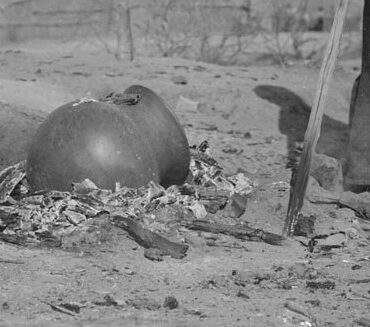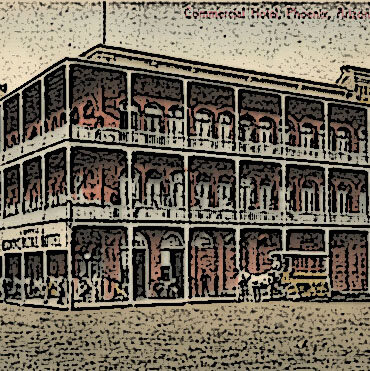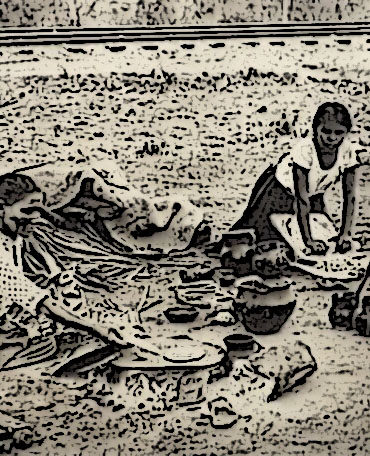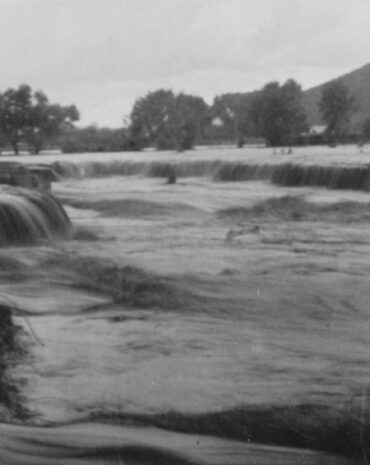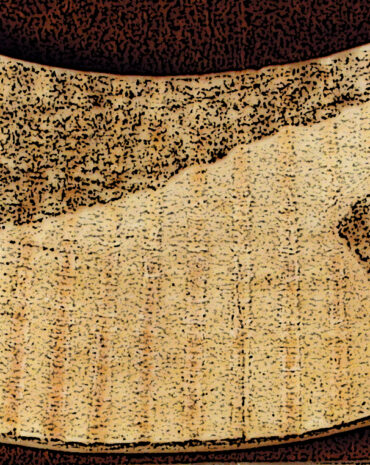 Nov 19
Nov 19Ancient Technologies: Hohokam Etched Shell
Desert Archaeology shell specialist Chris Lange explores a fascinating bit of Sedentary period Hohokam craftwork. The Hohokam people were not only successful farmers and irrigation canal builders, but were also craftspeople, creating tools and ornaments out of bone, stone, and shell. The shell crafting tradition of the Hohokam sets them…




